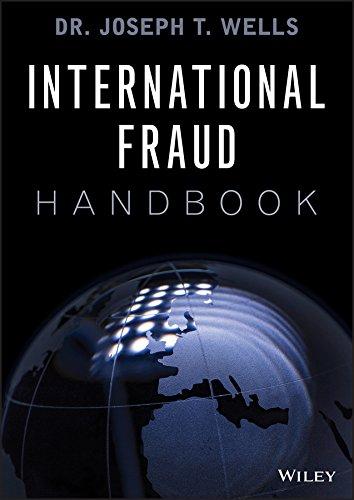Question
An investor uses the equity method to account for an investment in common stock. Assume that (1) the investor owns less than 50 percent of
An investor uses the equity method to account for an investment in common stock. Assume that (1) the investor owns less than 50 percent of the outstanding common stock of the investee, (2) the investee company reports net income and declares dividends during the year, (3) the fair value of the investees stock is unchanged during the year, and (4) the investees net income is more than the dividends it declares. How would the investors investment in the common stock of the investee company under the equity method differ at year-end from what it would have been if the investor had carried the investment at fair value?
a. The balance under the equity method is higher than it would have been if the investment was carried at fair value.
b. The balance under the equity method is lower than it would have been if the investment was carried at fair value.
c. The balance under the equity method is higher than it would have been if the investment was carried at fair value, but only if the investee company actually paid the dividends before year-end.
d. The balance under the equity method is lower than it would have been if the investment was carried at fair value, but only if the investee company actually paid the dividends before year-end.
Step by Step Solution
There are 3 Steps involved in it
Step: 1

Get Instant Access to Expert-Tailored Solutions
See step-by-step solutions with expert insights and AI powered tools for academic success
Step: 2

Step: 3

Ace Your Homework with AI
Get the answers you need in no time with our AI-driven, step-by-step assistance
Get Started


